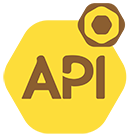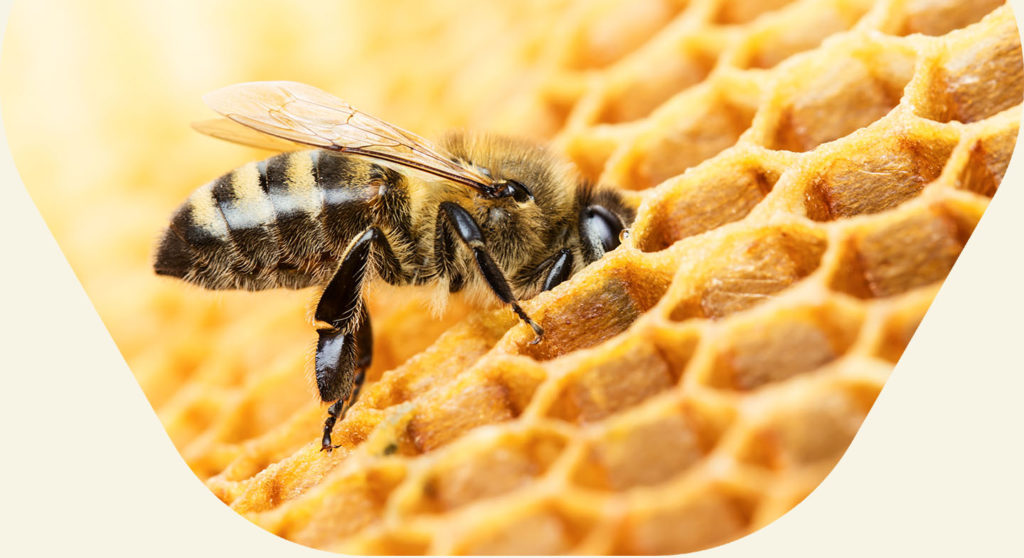Harvesting honey
Harvesting honey is a source of pride for beginner beekeepers, as it is the fruit of a whole year’s work with the bees. Harvesting honey is a delicate process, but quite simple if you follow all the steps.
To begin with, prepare the necessary equipment before harvesting the honey. You’ll need the following tools:
- An uncapping knife and a harrow
- A honey extractor
- A bucket to collect the honey (maturator)
- A filter to remove impurities
- A brush to remove the bees (or a clearer board)
The first step is to check that the honey is ready to be harvested. Honey is ready when the cells are completely sealed, i.e. when they are sealed by the bees with wax. This indicates that the moisture content of the honey has been reduced and that it is ripe. Harvesting generally takes place during the summer, at the beginning of August.
After this observation, you are ready to remove the frames from the hive. Open your hive as usual, with a little smoke at the entrance to warn the keepers, but very little smoke in contact with the hive so as not to change the taste of the honey. The operation should be carried out calmly and gently to avoid being stung, but quickly so as not to arouse suspicion of theft. It’s best to do this during the day or at the end of the day, when the bees are still outside, so that there are fewer foragers in the hive. Using your brush, remove each frame and finish brushing it by hand, leaving the bees in the hive. All the frames, even empty ones, must be removed so that the Varroa treatment can be carried out immediately afterwards. No more supers are left on the hive. Place your frames in an empty board used as a transport box.
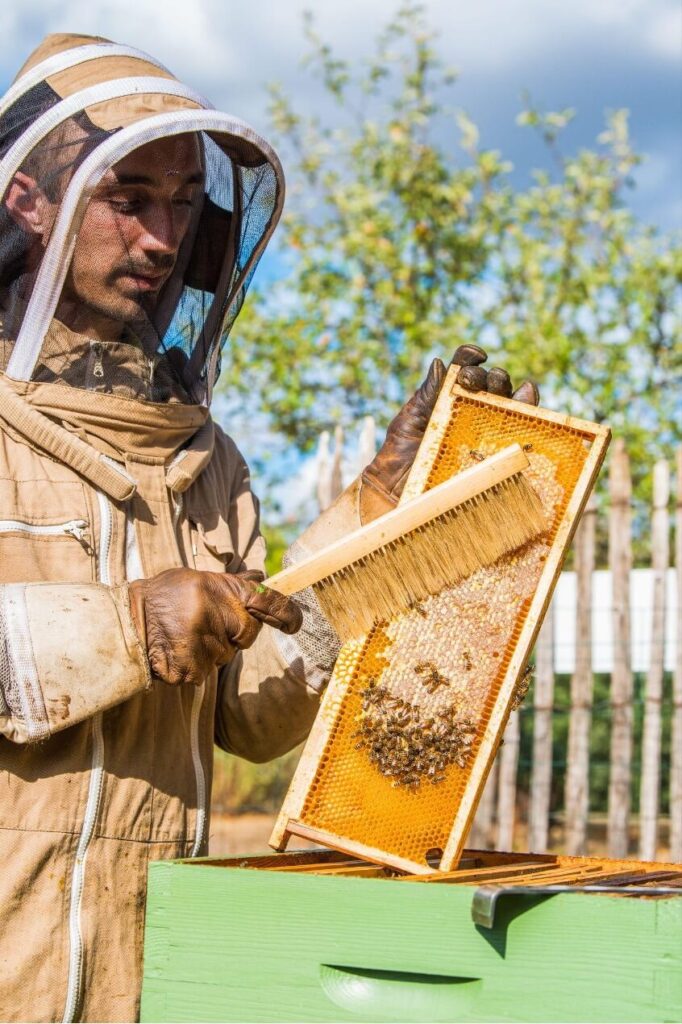
The next stage takes place at the honey house, or in your kitchen, to extract the honey. The first step is to uncap the cells. Use an uncapping knife and a harrow to remove the wax covering the cells. This frees the honey so that it can be extracted. The knife rests on the wood and by cutting the wax along the frame you remove all the cappings. If the knife doesn’t get through in certain places, often because the honeycombs are too deep, use the harrow, like a large fork, to precisely remove the last cappings.
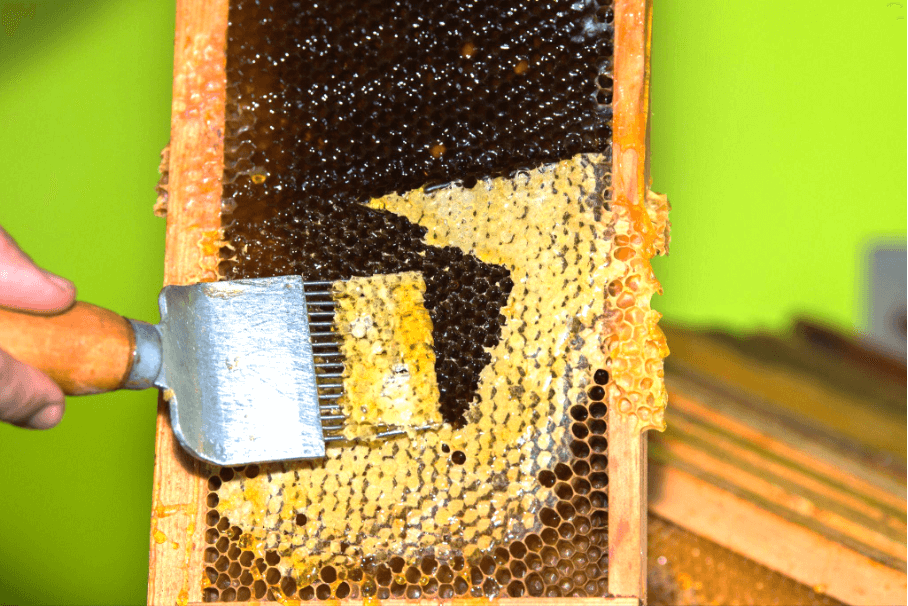
Once the frames have been uncapped, place them in a honey extractor. The extractor uses centrifugal force to remove the honey from the cells without damaging the frames. Turn the extractor slowly to avoid damaging the honeycomb too much and to remove the honey gently. At the end, you can speed it up to remove the last drops of honey. If you don’t want to invest in an extractor, you can hire one in beekeeping shops, from your beekeeping union or ask other beekeeping friends.
After extraction, the honey may contain impurities such as pieces of wax, propolis or bee remains (wings, legs, etc.). It is therefore important to filter the honey using a sieve to remove these residues. Filtration takes place at the outlet of the extractor before pouring the honey into a bucket.
Once filtered, it is best not to jar the honey straight away. The maturing stage is recommended to bring the air bubbles to the surface. This is known as honey scum. Remove it after a week, then jar your honey. Use clean, new jars if you are going to market your honey. Labelling honey requires specific standards, even for hobby beekeeping. As soon as your product is sold, you are subject to consumer health legislation.
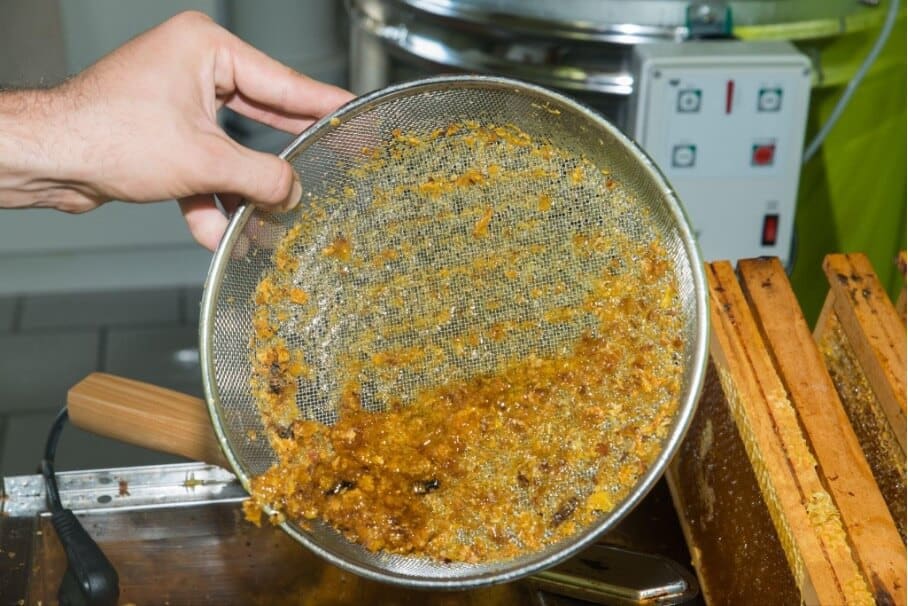
Store your jars of honey in a cool (room temperature), dry place to preserve its quality.
Harvesting honey is a job that requires patience and care, but harvesting your own honey is super rewarding!
Varroa treatment
Varroa destructor is a fearsome parasitic mite that attacks bees, weakening colonies and potentially causing them to collapse if the infestation is too severe. Treating Varroa destructor is therefore crucial (even compulsory) for beekeepers in order to keep their bees in good health.
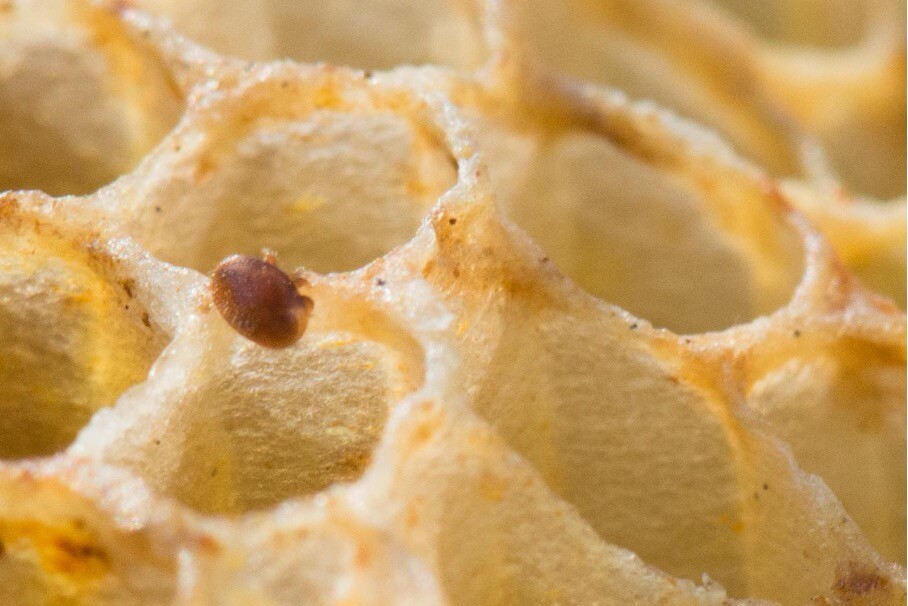
To achieve this, there are several methods available, including chemical and biological treatments.
There are several chemical treatments, but they must be used with care to avoid resistance and protect the quality of the honey.
There is also talk in forums of using oxalic acid. Oxalic acid is a natural treatment that eliminates adult Varroa mites. It is used as a vapour or spray (drip) on bees. It is less effective on young Varroa mites. This method, which is more commonly used by professionals, is more cost-effective, but can be tricky for hobby beekeepers, with risks to the colony if used incorrectly.
For those who prefer to avoid chemical products, there are more natural solutions: these treatments can be less aggressive but are generally less effective and require regular visits. These natural products have little impact on bees, but are much less effective in conditions of heavy infestation. Treatments should be carried out several times a year, at least in summer and winter.
Mechanical methods, such as the use of a mesh floor over the hive, may be useful, but they are no substitute for treatment to eliminate the Varroa mite. What’s more, whatever the treatment, we never eliminate the Varroa from the hives. We simply reduce its pressure.
Beekeepers should take treatment against Varroa destructor seriously!
As usual, share your photos with us: we’ll post them on our website from the social networks with the hashtag: #apifonda #apiinvert!
See you next month on your API blog with your faithful partner, Les Ruchers De Mathieu!
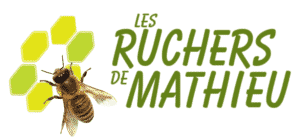
LES RUCHERS DE MATHIEU
Miellerie & Magasin d’Apiculture
Photos ©lesruchersdemathieu

